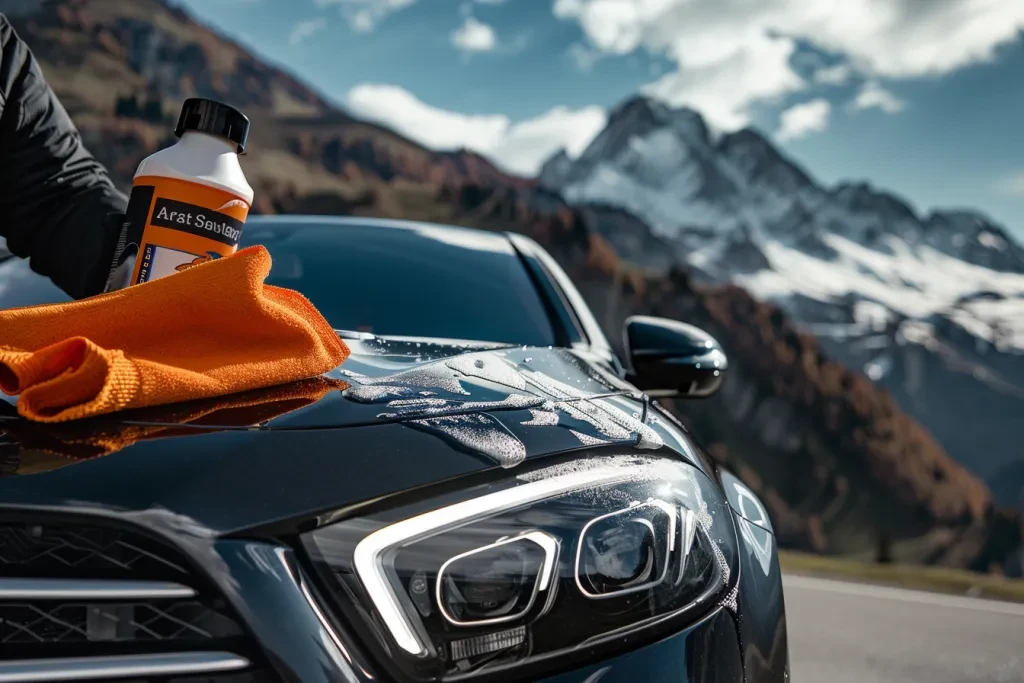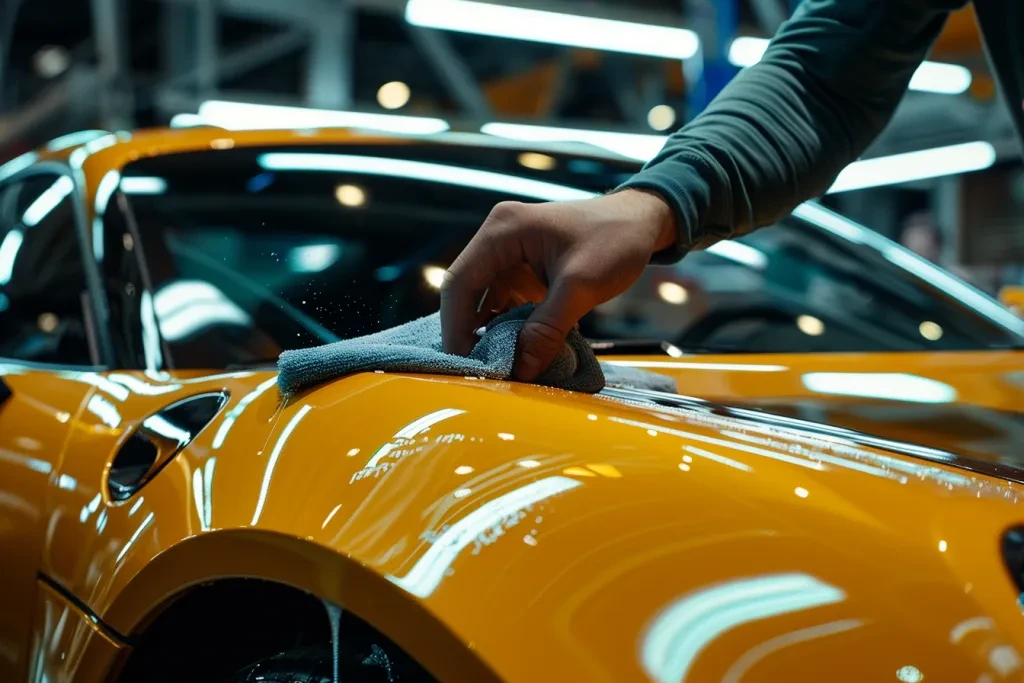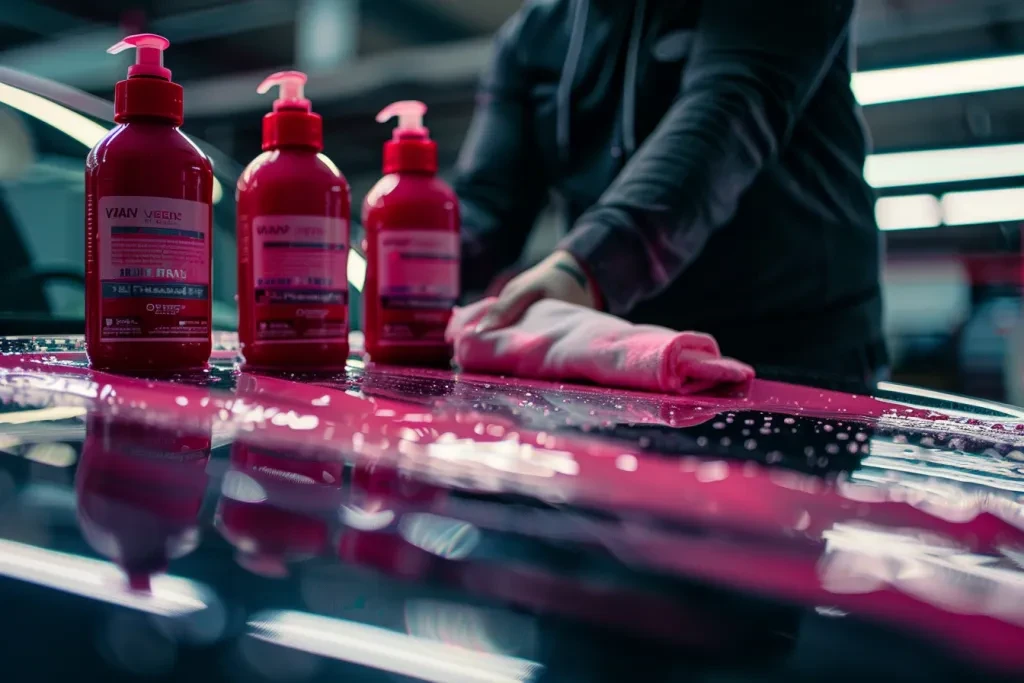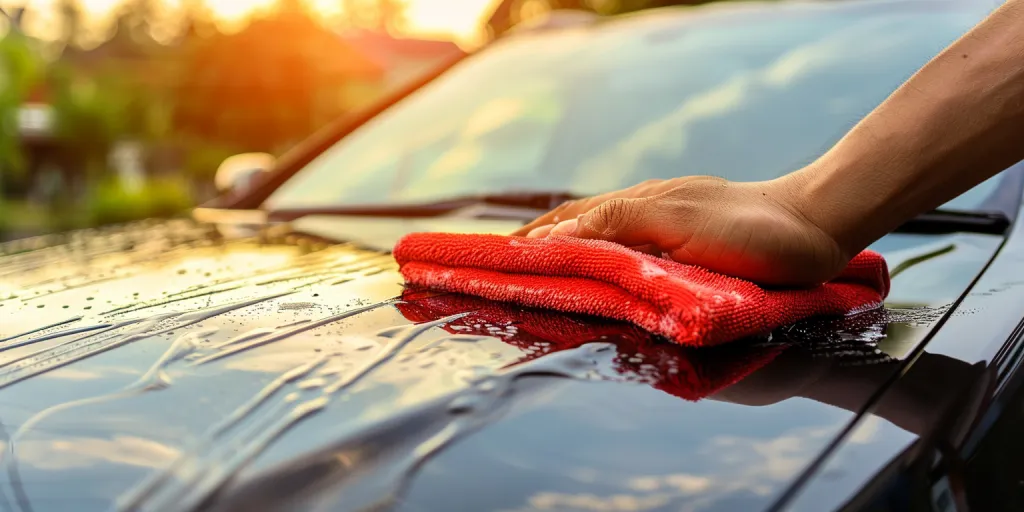In the realm of vehicle maintenance, wax often doesn’t get the spotlight it deserves. Yet, its contribution to a vehicle’s longevity and aesthetics is unparalleled. This article delves into the essence of wax in the automotive world, unraveling its benefits, types, application tips, maintenance strategies, and the latest technological advancements. By understanding these key areas, vehicle owners can make informed decisions about their maintenance routines, ensuring their vehicle not only looks its best but is also protected from various elements.
Table of Contents:
1. Benefits of using wax on your vehicle
2. Types of wax available for vehicles
3. Tips for applying wax effectively
4. Maintaining your vehicle’s wax finish
5. Technological advancements in vehicle wax
Benefits of using wax on your vehicle:

Wax plays a pivotal role in vehicle maintenance by offering a protective layer that shields the paint from UV rays, pollution, and minor scratches. This protection helps in maintaining the vehicle’s color and luster, ensuring it looks newer for longer. Moreover, waxing your vehicle can improve its aerodynamics by creating a smoother surface, potentially leading to better fuel efficiency. The water-repellent properties of wax also mean that rainwater beads up and rolls off the surface more easily, reducing the risk of water spots and corrosion over time.
Types of wax available for vehicles:

The market offers a variety of waxes, each designed to meet different needs and preferences. Natural carnauba wax, known for its durability and rich, glossy finish, is a favorite among enthusiasts. Synthetic waxes, on the other hand, are engineered to provide longer-lasting protection and easier application. Hybrid formulas combine the best of both worlds, offering the shine of natural waxes with the durability of synthetic options. Understanding the differences between these types can help vehicle owners choose the right product for their maintenance routine.
Tips for applying wax effectively:

For optimal results, applying wax requires more than just spreading it over the vehicle’s surface. The process begins with thoroughly washing and drying the vehicle to remove any dirt or grime. Applying wax in a shaded area prevents it from drying too quickly and ensures an even coat. Using a microfiber cloth or applicator pad, apply the wax in a circular motion, working on one section at a time. Allow the wax to haze before buffing it off with a clean microfiber cloth, revealing a smooth, glossy finish.
Maintaining your vehicle’s wax finish:

To extend the life of your wax finish, regular maintenance is crucial. This includes washing your vehicle with a gentle, wax-safe cleaner and avoiding harsh chemicals that can strip the wax. Parking in shaded areas or using a car cover can protect the finish from excessive UV exposure. Additionally, reapplying wax every three to six months, depending on the product and your vehicle’s exposure to the elements, will ensure continuous protection and shine.
Technological advancements in vehicle wax:

The vehicle wax industry has seen significant technological advancements, with new formulas offering enhanced protection and ease of use. Ceramic-infused waxes, for example, provide a harder, more durable layer of protection against scratches and contaminants. Spray-on waxes have also gained popularity for their quick and easy application process. These innovations not only improve the performance of wax but also make the maintenance routine more efficient for vehicle owners.
Conclusion:
Wax is more than just a product to make your vehicle look good; it’s a crucial component of vehicle maintenance that protects the paint, enhances the appearance, and can even improve fuel efficiency. By understanding the benefits, types, application tips, and maintenance strategies, along with keeping an eye on technological advancements, vehicle owners can ensure their investment remains in top condition. Embracing the unsung hero of vehicle care, wax, is a simple yet effective step towards achieving this goal.




